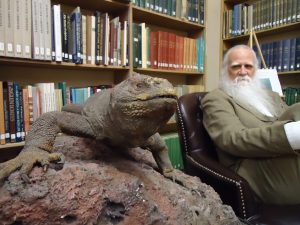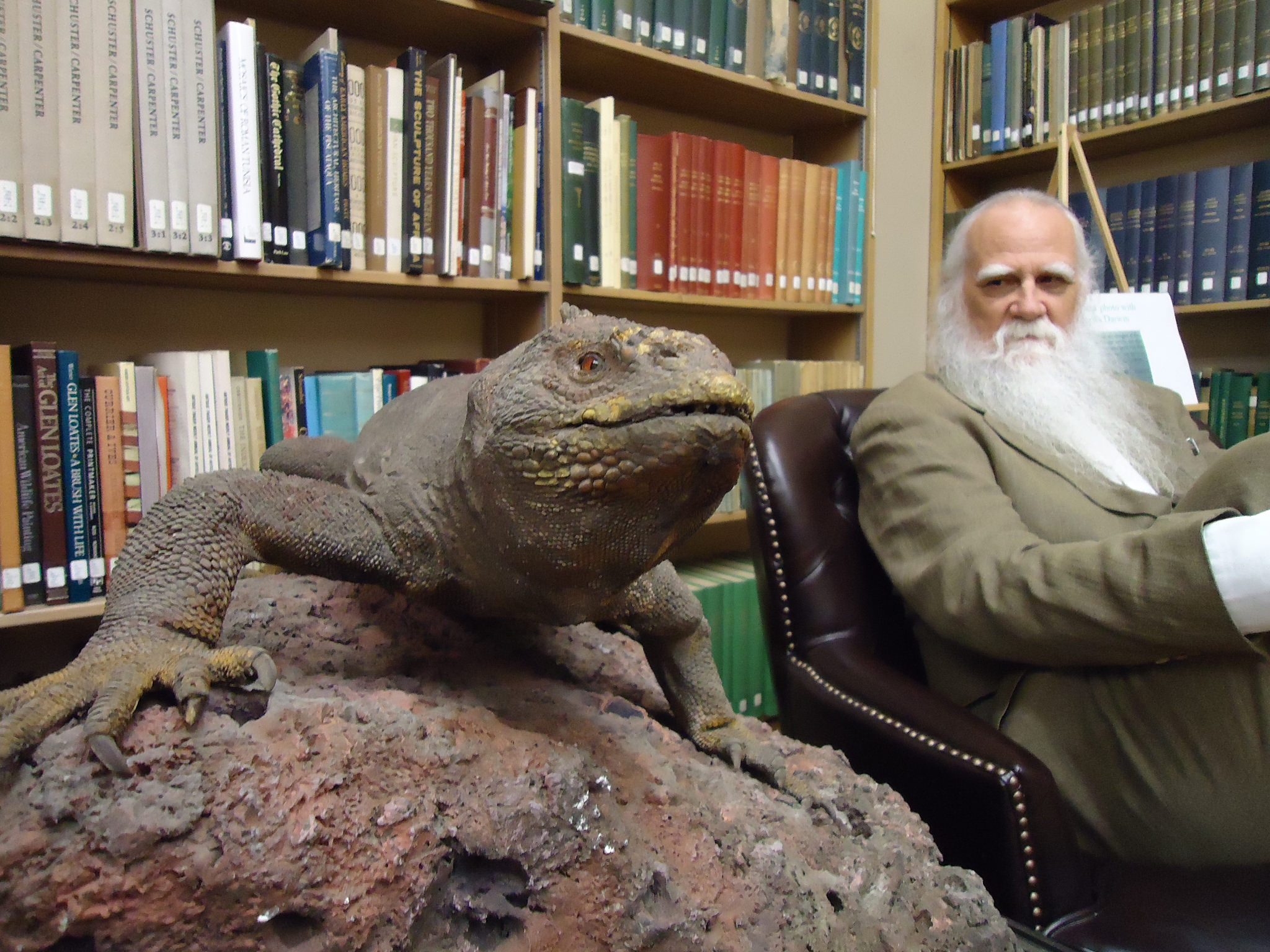DITA adoption beyond product content
We usually think of DITA as a solution for product-focused content development. More specifically, it’s used for developing customer-facing technical documentation and training content. And, as marketing and technical content have converged to deliver a more unified product content experience, DITA has served that need as well.
But what about content needs beyond products?
In recent years we’ve seen DITA adoption expand well beyond traditional product-content implementations. DITA has found its way into other markets such as healthcare, finance, education, and insurance (to name just a few).
Specialization: the key to wider DITA adoption
Spoiler: Thank you, Darwin!

“Hmmm… he doesn’t quite fit into this whole finch model…” (image: Flickr/Mr. Gray)
Through the years, the DITA standard has grown largely via specialization. First there was the simple concept of a topic and a map. Then specific types of topics came to be (concepts, tasks, reference topics, and so on). We are now even seeing complete domain specializations built into the DITA standard (Technical Content and Learning and Training).
DITA adoption growth is driven by the ability to specialize content models while staying true to the standard. There is no need to shoehorn content into a generic or inappropriate content model. You can create new semantic elements and structures that fit your specific content needs.
It may be some time before additional industry-specific specializations are available for general use in the DITA standard. However, you don’t have to wait. You can create exactly what you need with the right know-how. And if you need help, we’d be more than happy to assist you.


